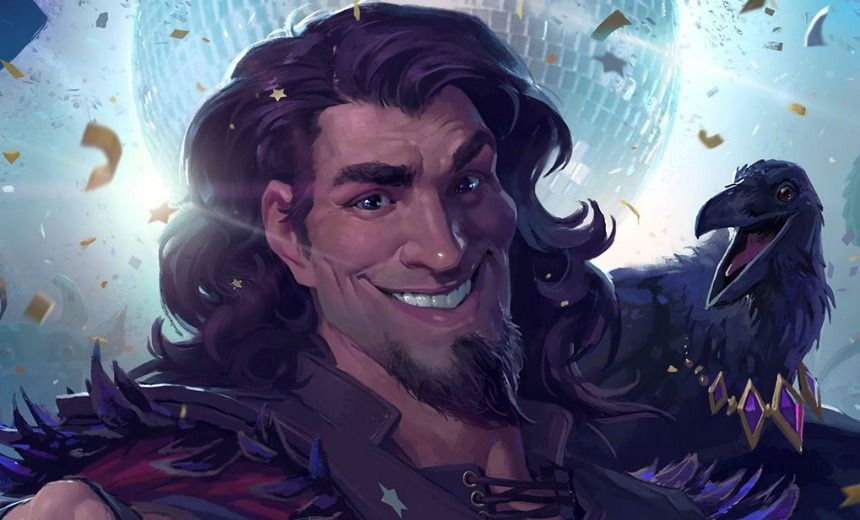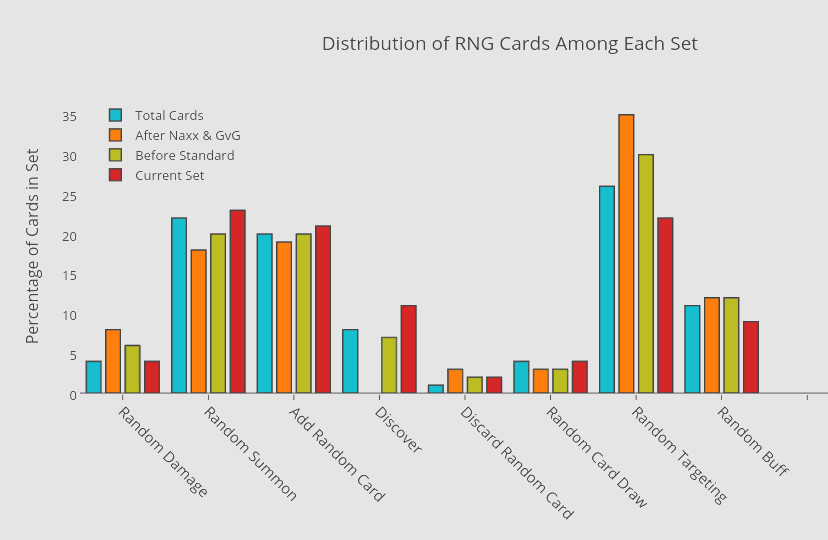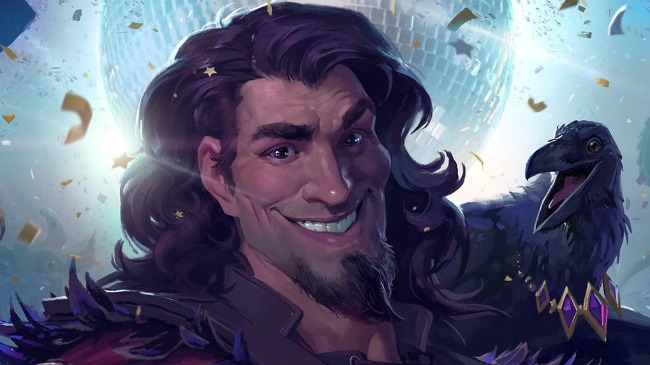
Chaos is the spice of life, but in Hearthstone, it can leave a pretty salty taste in the mouth. Computer generated randomness is a major selling point for Blizzard’s digital card game (it’s what makes the unofficial home-version of the game so hilarious) but it’s also the title’s biggest weakness as an eSport, allowing plays that otherwise wouldn’t be possible, and which are too often unpredictable.
The latest expansion, One Night in Karazhan, represents a step forward and several steps back in how the design team is handling RNG, with some cards turning the madness into a controlled menagerie, and a certain legendary that can close the curtain on a game far too early on. The final wing has also been released to a renewed call for card banning, the first ever batch of Arena card removals, and the dissolution of several mainstay teams in the professional circuit.
If competitive Hearthstone is to endure, how should Blizzard go about evening the odds?
Just how much RNG is there in Hearthstone?
Here’s an interesting thought-experiment: imagine a Hearthstone tournament format where all RNG cards are banned. The only randomness allowed is the order of your deck, and whoever starts with The Coin.
Certain classic deck archetypes, like Control Warrior, Freeze Mage and Miracle Rogue would work fine, while others such as Token Druid or most Dragon decks would probably find themselves taken down a tier. Shaman would be out immediately - even if you gave the Totemic Call hero power a pass, the Random Damage mechanic in most of Thrall and Morgl’s spells would make the class unplayable.
Ultimately this would not be a particularly thrilling competition (turning Hearthstone into yet another throwaway CCG), but it is more than possible to pull off, since the minions and spells that deliver random outcomes actually make up a minority of the card pool:
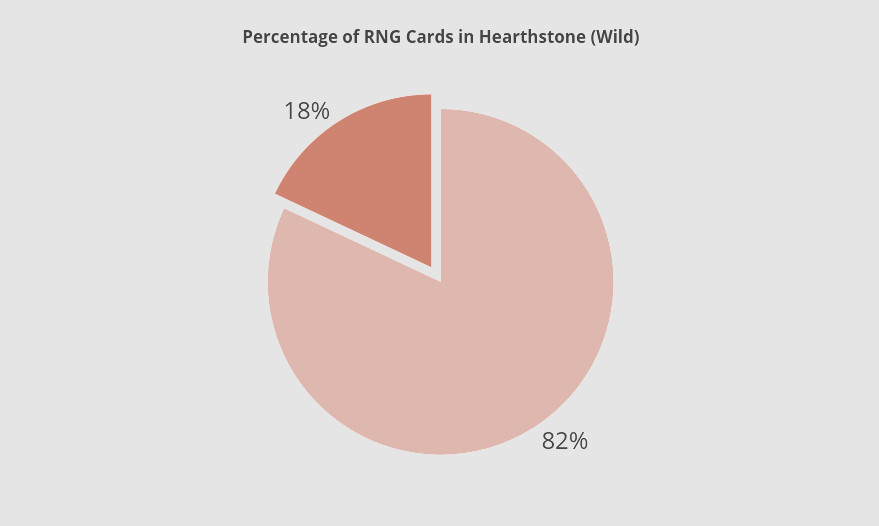
With each new set, the design team’s challenge is not to over inflate this percentage. For the most part they’ve kept on curve with their RNG cards, even after the standard rotation:
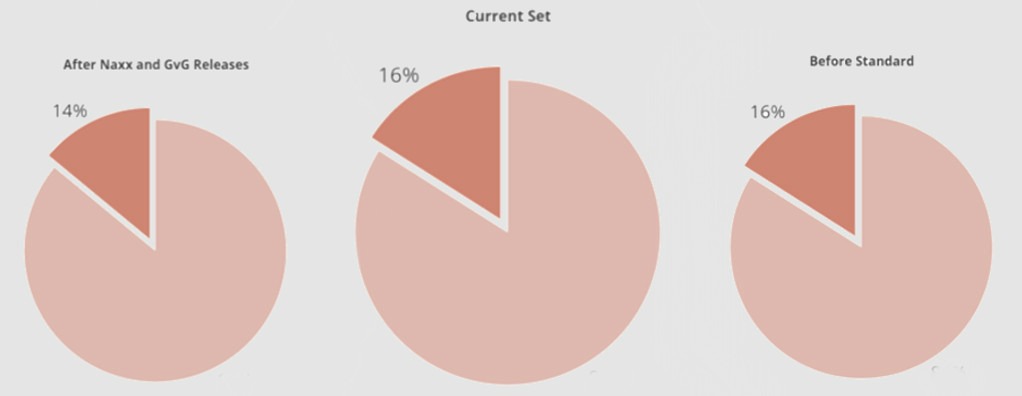
But these numbers don’t really give us an insight into how randomness actually works within the game. To determine this, we need to lay out the various random effects, and see how much their distribution has changed since the game’s launch. The effects I’ve tallied up include…
Random Damage – [card]Crackle[/card], [card]Imp-losion[/card], [card]Elemental Destruction[/card]
Random Summon – [card]Alarm-o-Bot[/card], [card]Resurrect[/card], [card]Piloted Shredder[/card], [card]Faceless Summoner[/card]
Add Random Card – [card]Mind Vision[/card], [card]Ysera[/card], [card]King's Elekk[/card], [card]Shifter Zerus[/card]
Discover – [card]Raven Idol[/card], [card]Sir Finley Mrrgglton[/card], [card]Netherspite Historian[/card]
Discard Random Card – [card]Soulfire[/card], [card]Darkshire Librarian[/card], [card]Dark Bargain[/card]
Random Card Draw – [card]Nat Pagle[/card], [card]The Skeleton Knight[/card], [card]Infest[/card]
Random Targeting – [card]Arcane Missiles[/card], [card]Knife Juggler[/card], [card]Sylvanas Windrunner[/card]
Random Buff – [card]Young Priestess[/card], [card]Gadgetzan Jouster[/card], [card]Zealous Initiate[/card]
I know this is hardly a surprise to anyone, but really it only took one ill-thought out card to threaten the competitive viability of Hearthstone…
Why Blizzard went so wrong with Yogg-Saron
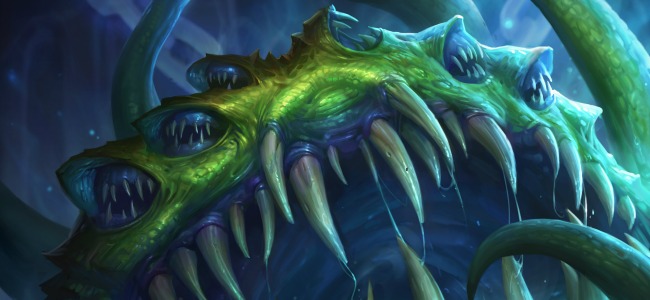
It took two years, but Hearthstone could be on the verge of its first competitive card ban.
Whereas most CCG’s ultimately exclude cards for being too unwieldy or for wrecking the game’s tempo, the call to cast out [card]Yogg-Saron, Hope's End[/card] from tournaments is unique among the genre – the card is simply too unpredictable. Dude7597’s loss to Monsanto in the HCT America’s preliminary is Murphy’s Law unraveling, and with nearly every player bringing at least one Yogg-laden deck to major events now, it won’t be long before a final victory (as well as prize money, prestige and even a position at Blizzcon) could end up in this minion’s tentacles.
There have been several minions who could theoretically swing the game either way ([card]Confessor Paletress[/card], [card]Sneed's Old Shredder[/card] and a [card]Majordomo Executus[/card] resulting from either of those), but the meek stats and restrained randomness leashing these cards kept them out of most tier-1 decks. [card]Elise Starseeker[/card] is a regular sight in tournaments even though she is equally random in her outcome, but she doesn’t provide such an instantaneous shift in board balance, and even has a strategic benefit for fatigue decks.
Yogg meanwhile removes all the agency from the player. Fitting him into my bar graph actually proved troublesome, because his effect takes on multiple forms of randomness: the spells played, the targets chosen and even the cards added to your hand (in the case of Discover). It’s barely possible to play around him like you would [card]Ysera[/card] or [card]Ragnaros the Firelord[/card], and at the very least he will kill himself, do little to the board state and waste the summoning player’s turn - which is still huge from a tempo standpoint.
We’ve seen cards like [card]Unstable Portal[/card] lead to ridiculously unfair eliminations, but I’m inclined to agree with Dude7597 when he said that Yogg-Saron is so obviously broken that the card was clearly made for the sake of spectator value. Nevertheless, it carved its own niche into competitive play.
Banning cards is how most CCG’s rectify bad game design. The problem is we know Brode and co. tried out multiple texts for Yogg-Saron, and since the chosen outcome is neither explicitly good or bad, banning him looks like the best option. That could lead the game down a slippery slope, and as highlighted by Firebat’s inaugural Batstone tournament, the same hammer now hovers around [card]Barnes[/card] and [card]Tuskarr Totemic[/card]. Perhaps now we can see why Blizzard have been so furiously fighting this uphill battle for the last two years.
What ONiK addedd to the RNG card pool, and what we need in the future
So is the solution to ban any and all uncontrollable cards, and leave them to the streamers and casuals? Excluding some minions from the majors would be proof that Blizzard genuinely cares about the game’s competitive scene, but unless we want to see a yearly card ban alongside the annual Standard rotation, there needs to be less flippant use of RNG in future expansions.
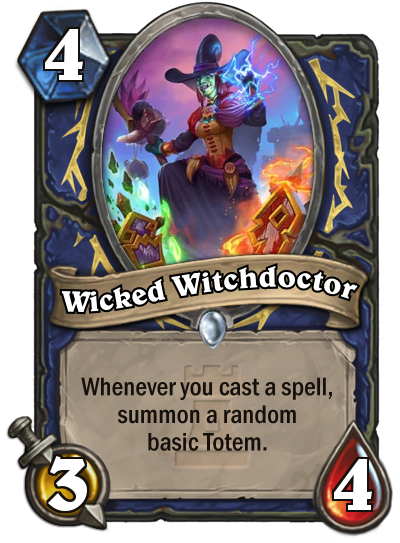
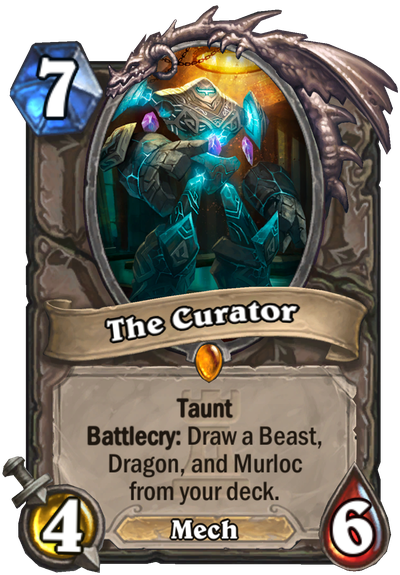
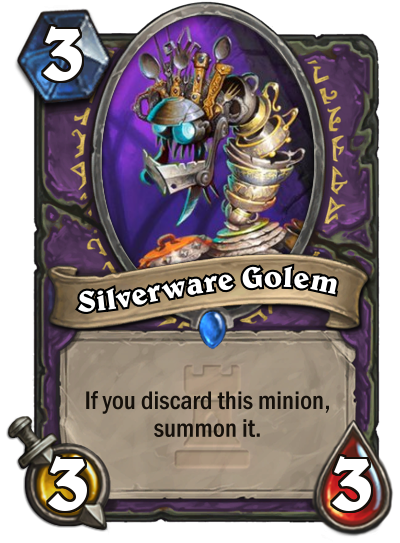
Portal cards notwithstanding, I feel the RNG cards in ONiK do this well; definitely more so than WotOG. [card]The Curator[/card] (and other Murloc/Dragon/Beast minions) encourage a level of deckbuilding that turns random chance into good fortune, and the various Discolock minions such as [card]Silverware Golem[/card] and [card]Malchezaar's Imp[/card] who actually encourage you to play other RNG heavy cards.
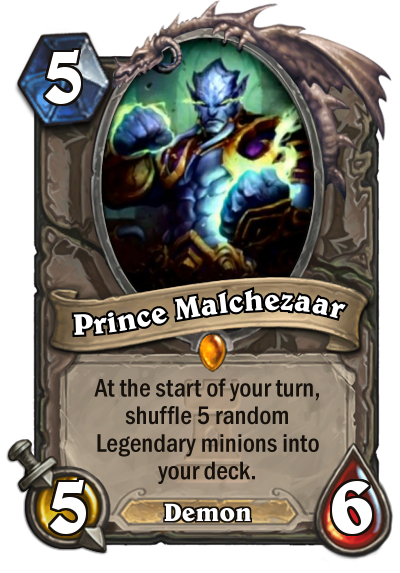
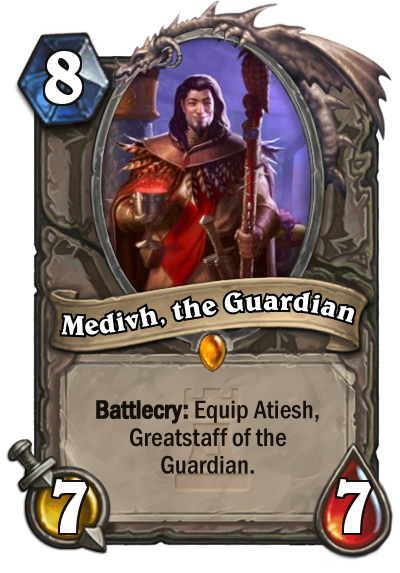
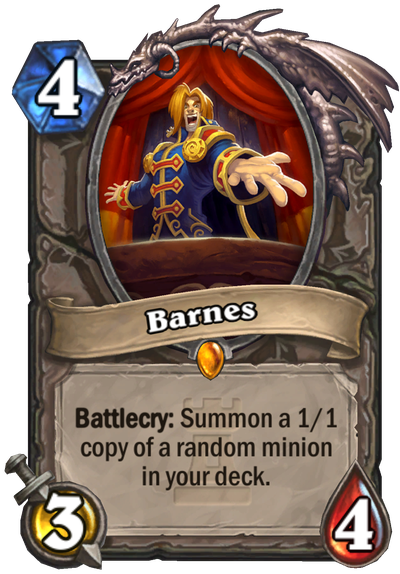
The issue is that ONiK’s top prizes stray too far from this ideal. [card]Prince Malchezaar[/card] and [card]Medivh, the Guardian[/card] are entirely centered around chance, which differs to previous adventures that offered cards purely for strategy ([card]Kel'Thuzad[/card] in Naxx and [card]Emperor Thaurissan[/card] in Blackrock Mountain) or at least offered you one of each (Elise and [card]Arch-Thief Rafaam[/card] in The League of Explorers).
I would rather not step on Blizzard’s toes by suggesting all new mechanics, but I think they need to take a page out of their own book when it comes to the next batch of cards:
- One potential avenue was highlighted by Reynad in his ONiK card review. The Tempo Storm chief pointed out that [card]Wicked Witchdoctor[/card], unremarkable as the card may be, qualifies its use of RNG with “basic totem” in the card text. He went on to say that if [card]Knife Juggler[/card] could only target only minions from now on, it would still be broken, but it would be lesson learned on how to do Random Targeting the right way.
- There can be so much more done with the Discover mechanic. Weighted RNG at its finest, this combination of fate and choice lets accomplished players think on their feet, and apply the same qualities needed to succeed in Arena. [card]Ivory Knight[/card] and [card]Netherspite Historian[/card] are two ONiK minions that show there’s a lot of possibilities for combining the concept with non-RNG mechanics.
- More chance cards that are wholly dependent on board state. [card]Stampeding Kodo[/card], [card]Mind Control Tech[/card] and [card]Sylvanas Windrunner[/card] are examples of RNG minions that add a genuinely competitive edge, which your opponent actually has a chance to play around. As we saw in last year’s Last Call qualifier, bad luck with these cards can be devastating, but it’s hardly an issue when it’s merely the outcome of one epic misplay.
We shouldn’t immediately shrug off chance in competitive gaming. Magic: The Gathering creator Richard Garfield has written extensively on why luck is so vital for exploring undiscovered strategic spaces, and to get players relying less on pre-packaged textbook plays. RNG in particular brings out the best in his famous gaming archetypes: the “Innovator” who relies on luck to explore strategic ideas in deckbuilding, the “Watchers” who are more likely to throw down a Yogg or Barnes just to see what happens (and who are vital for the game’s heavy streaming culture) and the “Honers”, who love to break out the spreadsheet and crunch those percentages.
Even if you feel Hearthstone’s love for lady luck makes it ill-suited for eSports, the title nevertheless spawned a superb set of pro-players, and a complex competitive meta that goes miles beyond any other mobile game. Out of all its current problems (tournament formatting and long-term financial viability for teams), I think contingency in the cards is the easiest to fix, and should remain the card game’s most crucial component.

